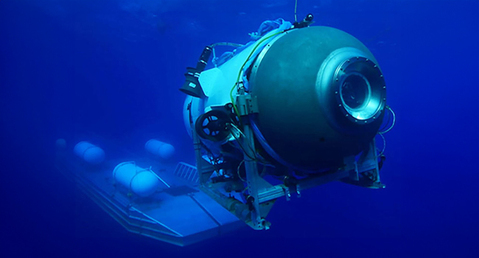US-based OceanGate said on its website that it had “suspended all exploration and commercial operations”.
The Titan sub was reported missing on June 18 and the US Coast Guard said on June 22 that the vessel had suffered a catastrophic implosion, ending a rescue operation that had captivated the world.
US-based OceanGate said on its website that it had “suspended all exploration and commercial operations” two weeks after the tragedy, in which company CEO Stockton Rush was among the dead.
Also on board were British explorer Hamish Harding, French submarine expert Paul-Henri Nargeolet, and Pakistani-British tycoon Shahzada Dawood and his son Suleman.
Experts last week recovered presumed human remains from the sub wreckage that was found on the ocean floor and taken to the port of St. John’s, Newfoundland in east Canada.
The victims are presumed to have died instantly when the Titan, about the size of an SUV car, imploded under the crushing pressure of the North Atlantic at a depth of more than two miles (nearly four kilometers).
A debris field was found 1,600 feet (500 meters) from the bow of the Titanic, which sits 400 miles off the coast of Newfoundland.
OceanGate Expeditions charged $250,000 for a seat on its sub, but previous concerns over its safety policies came to light after the implosion.
The US Coast Guard and Canadian authorities have launched probes into the cause of the tragedy, which occurred after the Titan lost contact about an hour and 45 minutes after plunging into the ocean.
The Titanic hit an iceberg and sank in 1912 during its maiden voyage from England to New York with 2,224 passengers and crew on board. More than 1,500 people died.
It was found in 1985 and has become a lure for nautical experts and underwater tourists.




































